Herbaceous Wetlands
Marshes are usually considered wetlands with aquatic herbaceous vegetation, either rooted or not, though some trees and shrubs are usually present as well, though not dominant. Marshes are variously known as pantano or marisma in Spanish and pântano or charco in Portuguese, though these terms are not commonly used specifically for marshes in the Amazon. Marshes are more difficult to distinguish as communities than wetland forests because they often fringe or grow interlaced with them on floodplains or along riverbanks and floodplain lakes. Nevertheless, their presence can be detected with satellite imagery and major areas of their development can be quantified during high and low water periods. For management purposes, marshes will probably have to be managed together with wetland forest because of their close proximity.
In the Amazon, marshes are most common on the whitewater floodplains where nutrients are sufficient to support large expanses of floating meadows that can consist of rooted and free-floating herbaceous plants. However, they are also common in savanna areas that are inundated mostly by relatively nutrient-poor local rainwater, but have sufficient nutrients from non-alluvial soils. Some blackwater and clearwater rivers also support marshes, though these are less developed and less productive than those of the whitewater rivers. During the floods, some marsh grasses on whitewater floodplains can grow 20-30 cm a day to accompany rising water levels. After reaching 4-6 meters, the grasses break loose from the soil and begin to float. During the dry season freshwater marshes greatly contract though many herbaceous species survive the dry phase rooted in the soil. The floating meadows found in whitewater floodplain marshes are among the most productive aquatic habitats in the Amazon Basin. They are also biologically important for many vertebrate and invertebrate animal species. For example, they are nurseries for many migratory fish species.
Where floodplains have been deforested, light conditions become sufficient for herbaceous plant communities to expand. This is especially evident on the Amazon River floodplain downriver from its confluence with the Negro River, but has probably also occurred in what are now savannas, such as in eastern Bolivia where major wetland modification took place even in Pre-Colombian times.
Outside of floodplains, extensive marshes exist on savannas that become inundated during the rainy season by local precipitation. Although dominated by herbaceous vegetation, they almost always have scattered shrubs and often trees, especially when bordering streams. The most notable are the Llanos de Moxos of Eastern Bolivia, Bananal Island between the Tocantins and Araguaia rivers and the Roraima savannas of the Branco Basin.
-
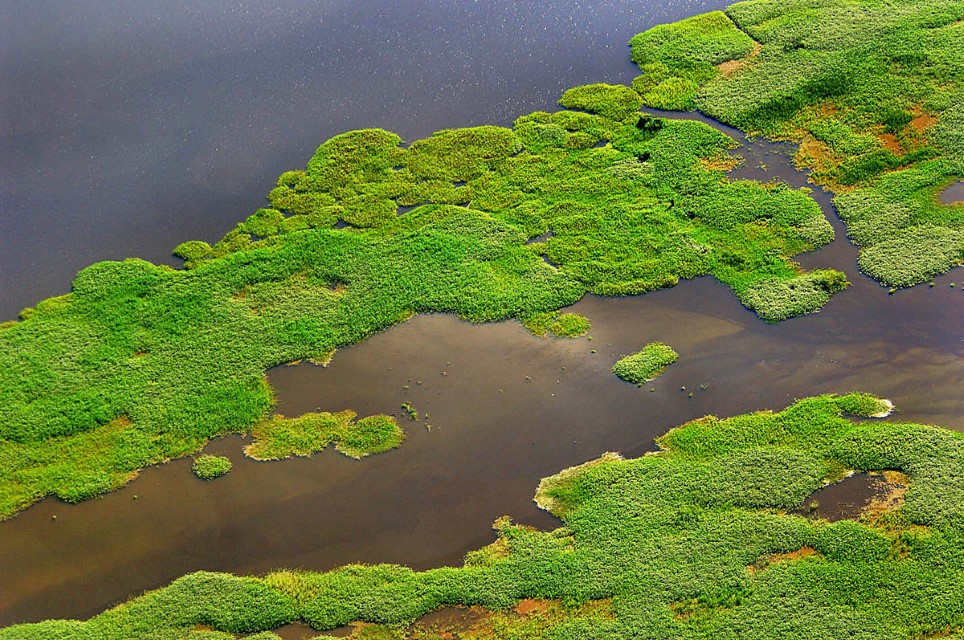
Praderas y ciénagas 1
Floodplain marsh in Loreto on the Amazon River floodplain. Department – Country: Loreto – Perú Main Basin – Sub Basin: Amazon Main Stem Minor Basins – Nanay Photographer: Walter Wust
-
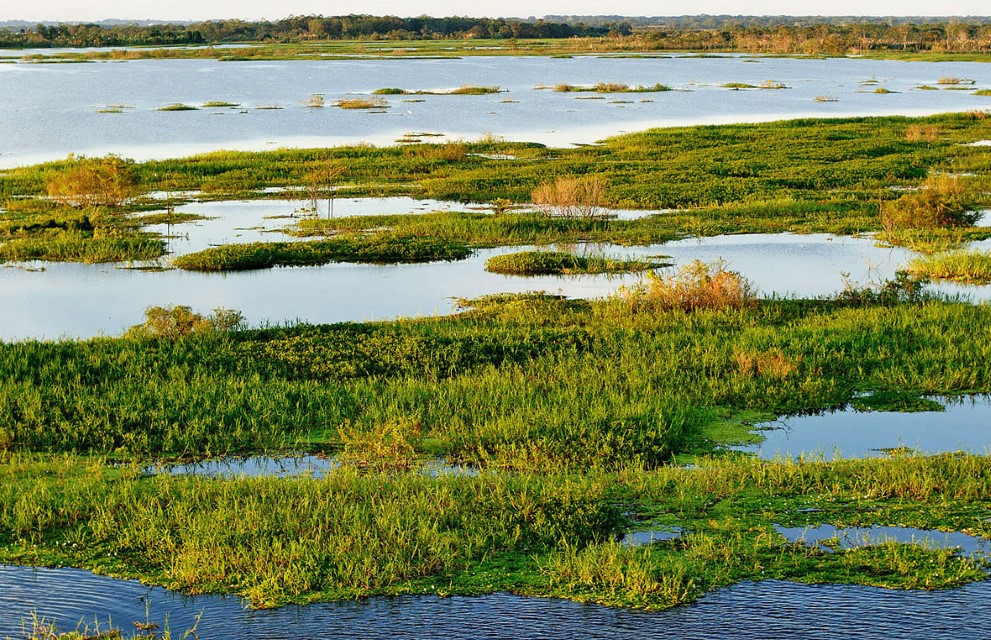
Praderas y ciénagas 2
Floodplain marsh along the Amazon River in Peru. Department – Country: Loreto – Perú Main Basin – Sub Basin: Amazon Main Stem Minor Basins – Nanay Photographer: Walter Wust
-
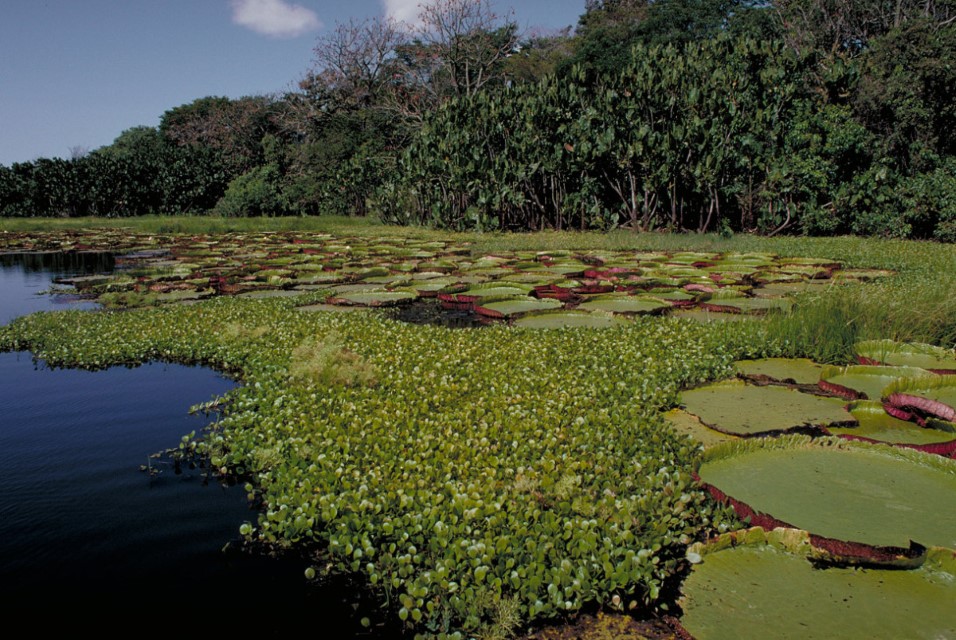
Praderas y ciénagas 3
Floating meadows, including giant arums in the background, on the lower Amazon River floodplain. Department – Country: Pará, Brazil Main Basin – Sub Basin: Amazon River Main Stem – Eastern Amazon River Main Stem Photographer: Michael Goulding
-
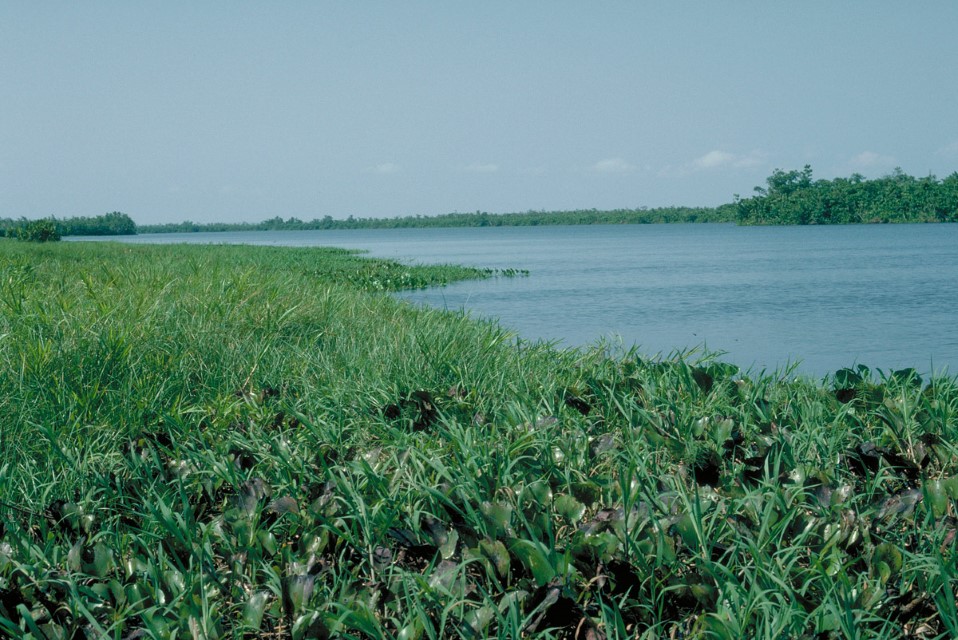
Praderas y ciénagas 4
Extensive floating meadows along a floodplain lake of the lower Amazon River floodplain. Department – Country: Pará – Brazil Main Basin – Sub Basin: Amazon Main Stem – Eastern Amazon Main Stem Elevation: 32 Photographer: Michael Goulding
-

Praderas y ciénagas 5
Floating meadows along the Amazon River are often dominated by only 2-3 grass species. Department – Country: Pará – Brazil Main Basin – Sub Basin: Amazon Main Stem – Eastern Amazon Main Stem Elevation: 32 Photographer: Michael Goulding
-
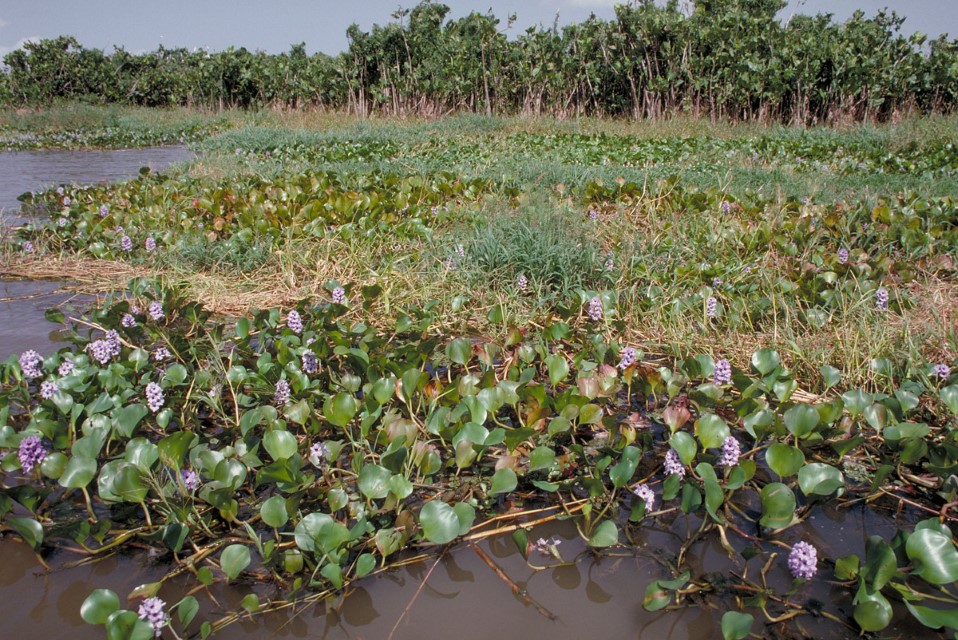
Praderas y ciénagas 6
Marsh of Amazon River floodplain with water hyacinth, sedges, grasses and giant philodendrons in the background. Department – Country: Pará – Brazil Main Basin – Sub Basin: Amazon Main Stem – Eastern Amazon Main Stem Elevation: 32 Photographer: Michael Goulding
-
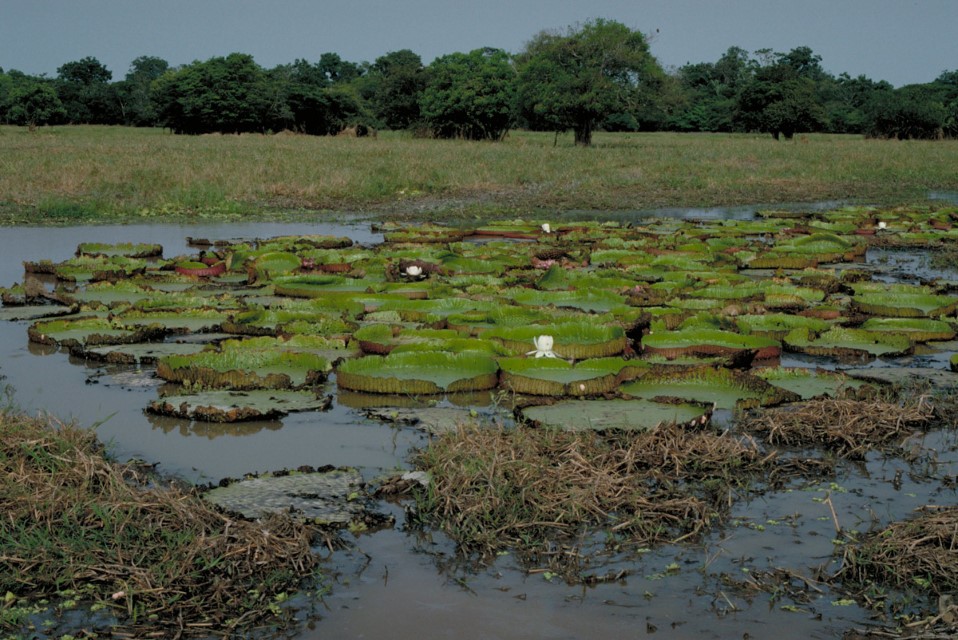
Praderas y ciénagas 7
A marsh of the Amazon River floodplain bordered by flooded forest. Shown here are floating meadows and large Amazon lilies. Department – Country: Pará – Brazil Main Basin – Sub Basin: Amazon Main Stem – Eastern Amazon Main Stem Elevation: 32 Photographer: Michael Goulding
-
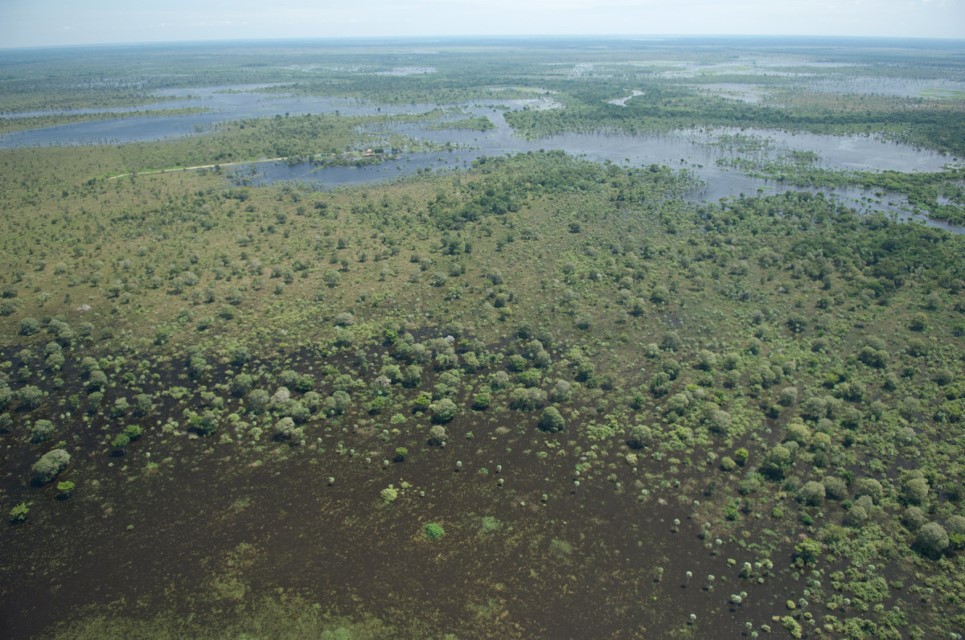
Praderas y ciénagas 8
Flooded savanna with marshes and scattered trees in Eastern Bolivia. Department – Country: El Beni – Bolivia Main Basin – Sub Basin: Madeira – San Miguel Main Stem Photographer: Luiz Claudio Marigo
-
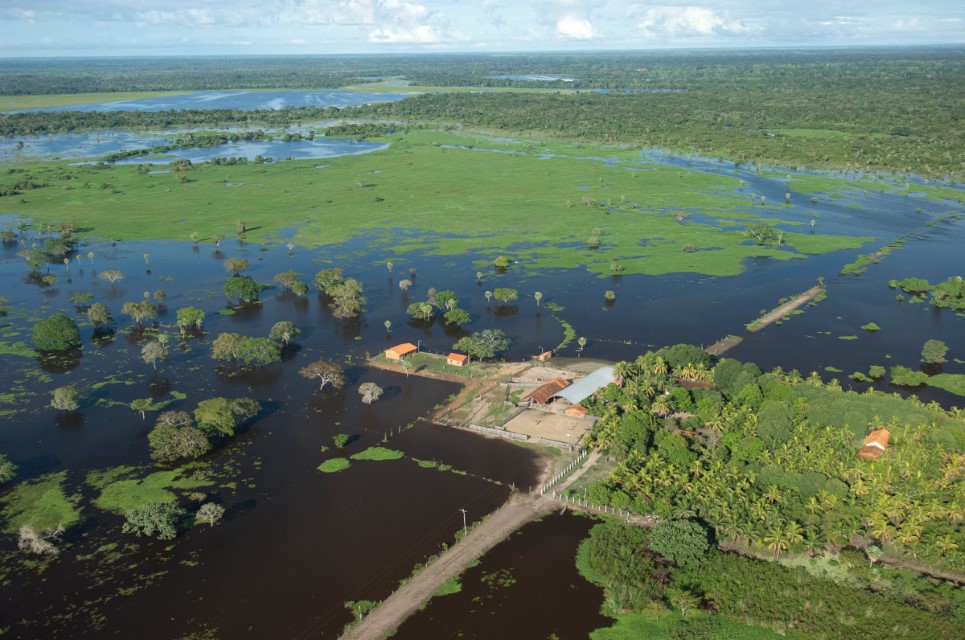
Praderas y ciénagas 9
Flooded savanna with wetland forests in Eastern Bolivia. Department – Country: El Beni – Bolivia Main Basin – Sub Basin: Madeira – Mamoré Main Stem Photographer: Luiz Claudio Marigo
-
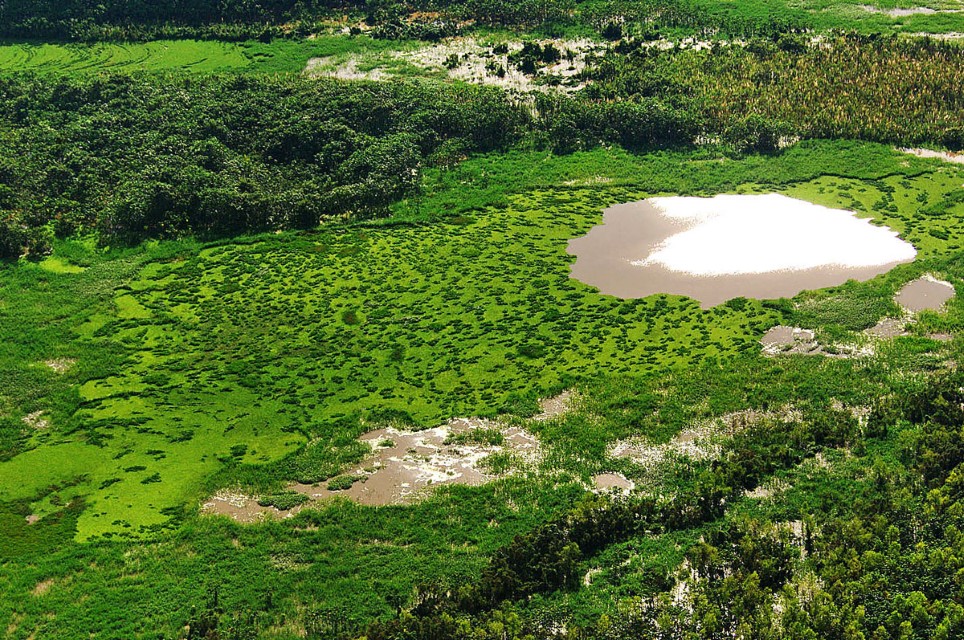
Praderas y ciénagas 10
Floodplain marsh in Loreto. Department – Country: Loreto – Peru Main Basin – Sub Basin: Amazon Main Stem Minor Basins – Nanay Photographer: Walter Wust
-
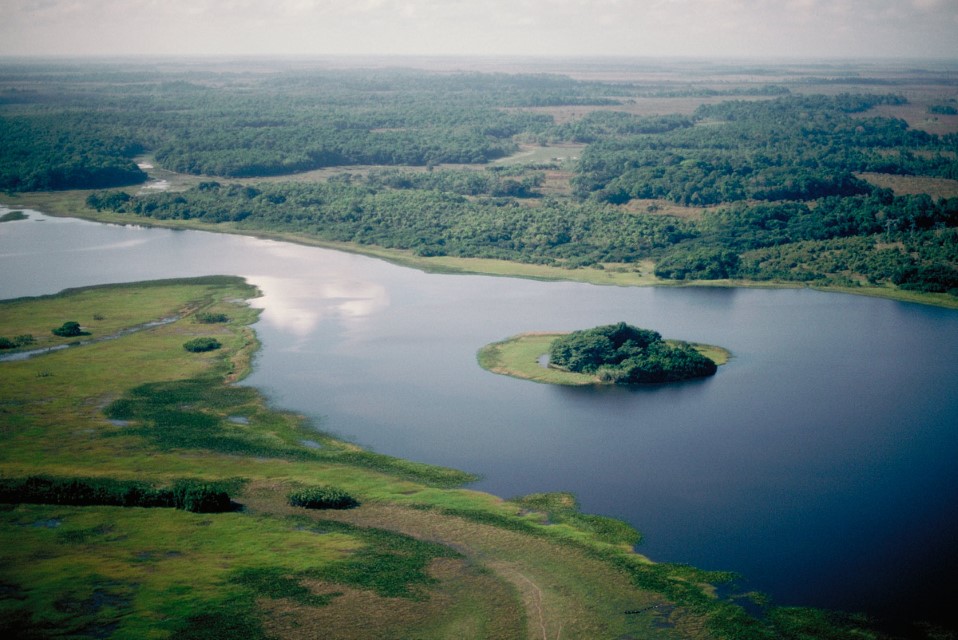
Praderas y ciénagas 11
Coastal savanna wetland in the far eastern Amazon region. Department – Country: Amapá – Brazil Main Basin – Sub Basin: North Coast Basins – Araguari Elevation: 14 Photographer: Michael Goulding
-
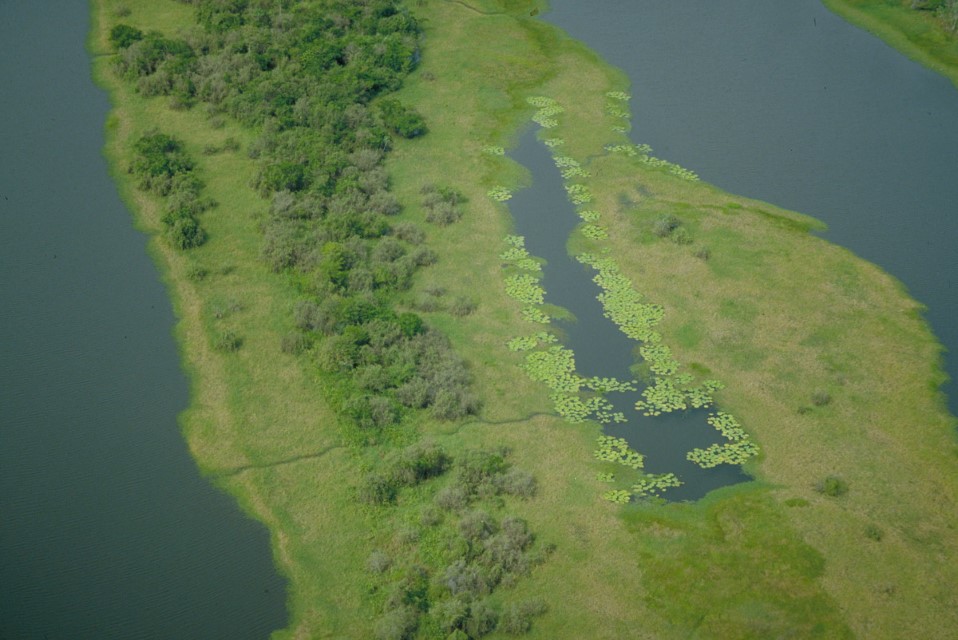
Praderas y ciénagas 12
Floodplain deforestation usually leads to expansion of marshes that replace the flooded forest that would otherwise largely shade them out. This entire island was once mostly covered by wetland forest. Department – Country: Pará – Brazil Main Basin – Sub Basin: Amazon Main Stem – Eastern Amazon Main Stem Elevation: 32 Photographer: Michael Goulding
-
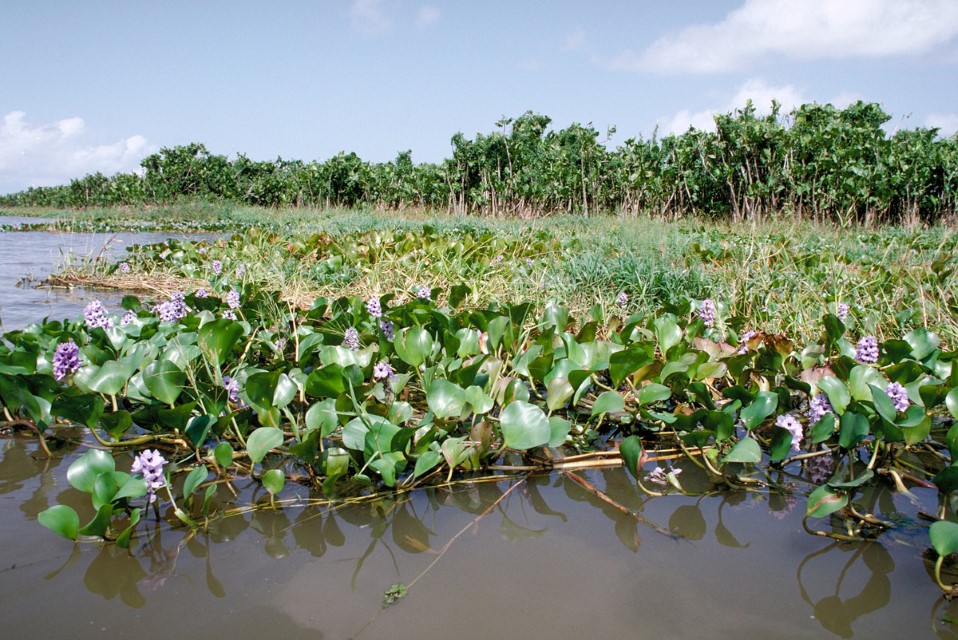
Praderas y ciénagas 13
Floating meadow with water hyacinth in the foreground. Department – Country: Pará – Brazil Main Basin – Sub Basin: Amazon Main Stem – Eastern Amazon Main Stem Elevation: 32 Photographer: Michael Goulding
-
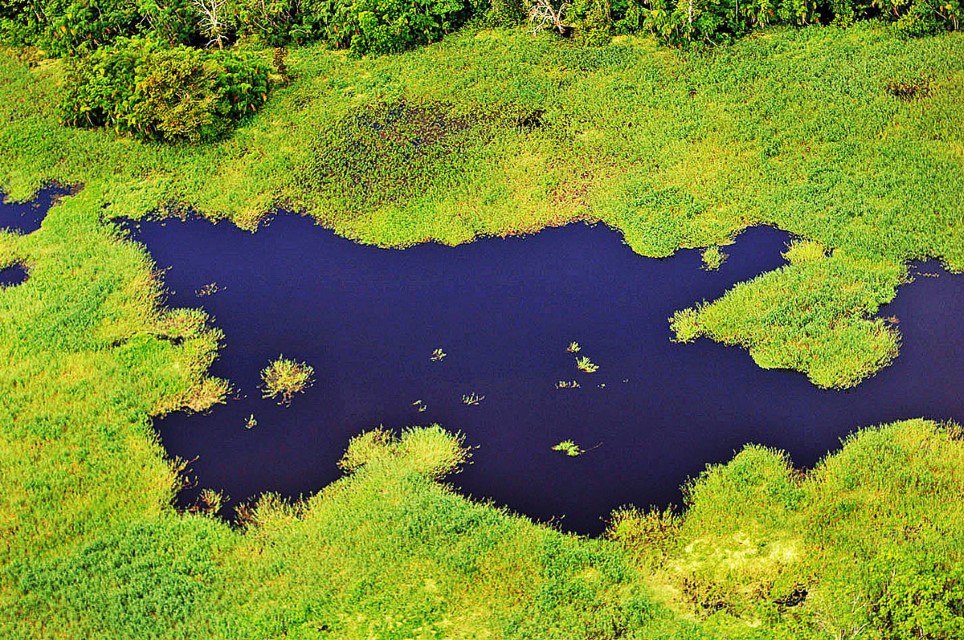
Praderas y ciénagas 14
Floodplain marsh bordering a palm swamp. Department – Country: Loreto – Peru Main Basin – Sub Basin: Amazon Main Stem Minor Basins – Nanay Photographer: Walter Wust
-
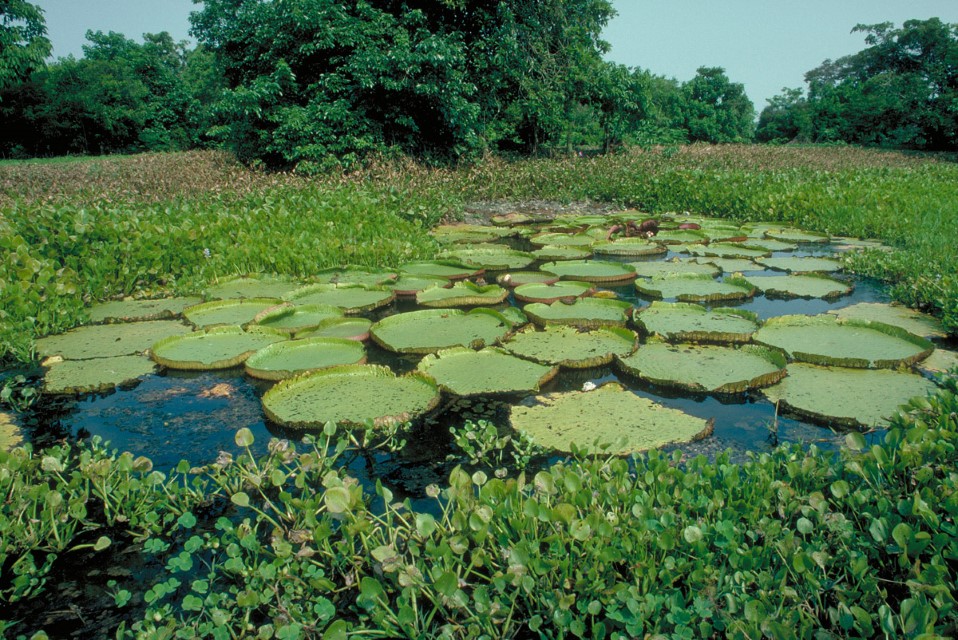
Praderas y ciénagas 15
A marsh on the Amazon River floodplain with broad-leafed floating herbaceous plants. Department – Country: Pará – Brazil Main Basin – Sub Basin: Amazon Main Stem – Eastern Amazon Main Stem Elevation: 32 Photographer: Michael Goulding
-
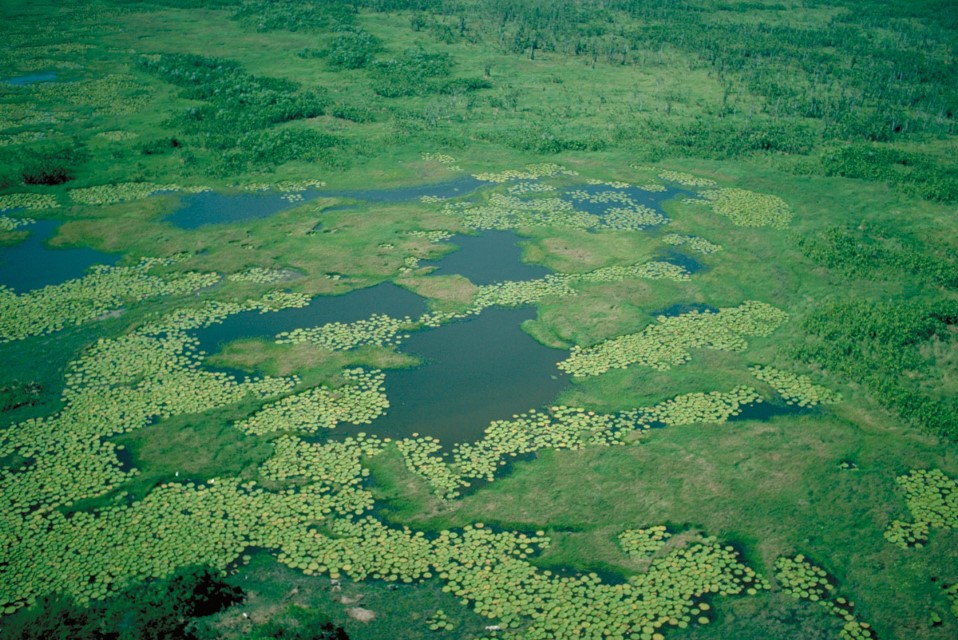
Praderas y ciénagas 16
March of the Amazon River floodplain with extensive development of Amazon lilies. Department – Country: Pará – Brazil Main Basin – Sub Basin: Amazon Main Stem – Eastern Amazon Main Stem Elevation: 32 Photographer: Michael Goulding
-
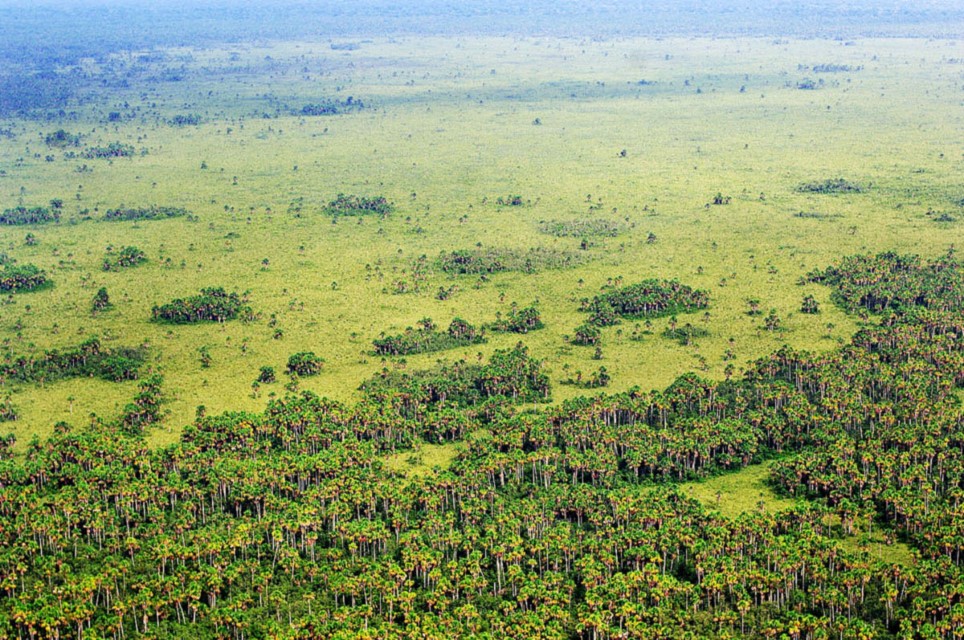
Praderas y ciénagas 17
Palm swamp and marshland. Department – Country: Loreto – Perú Main Basin – Sub Basin: Amazon Main Stem Minor Basins – Nanay Photographer: Walter Wust

